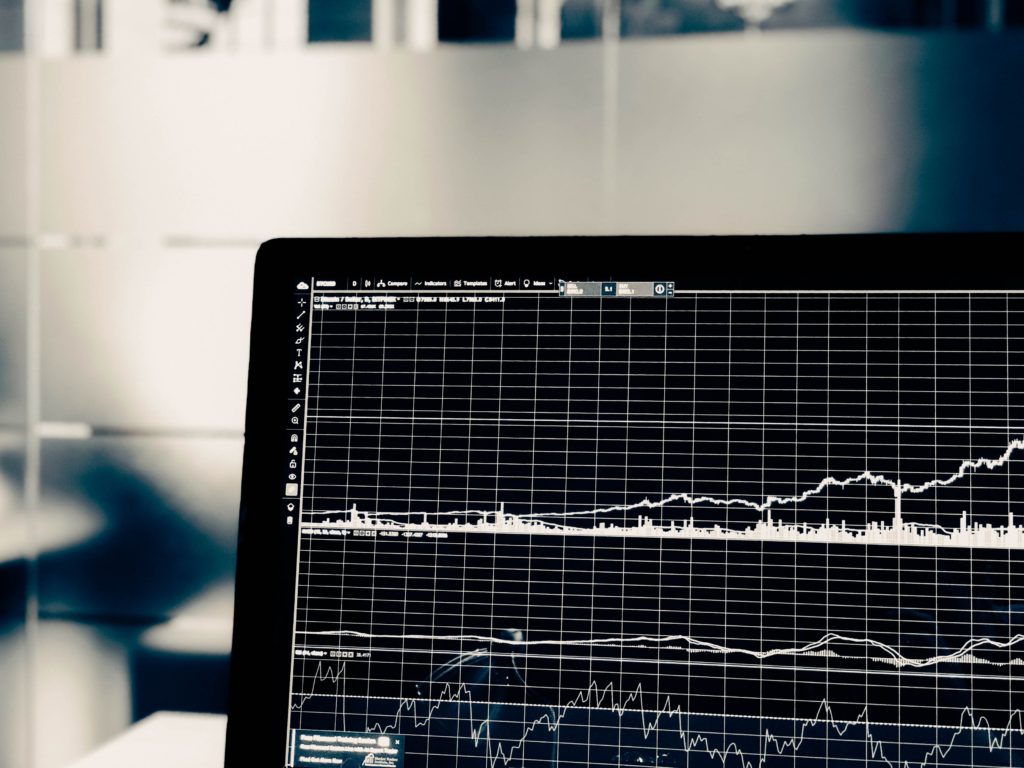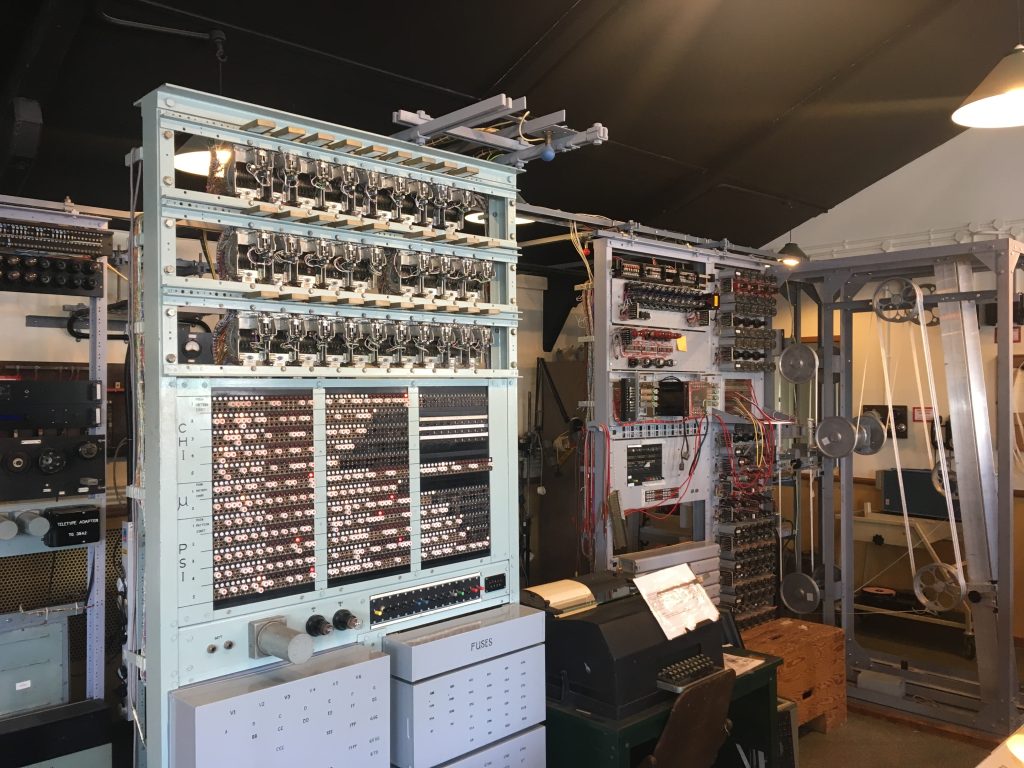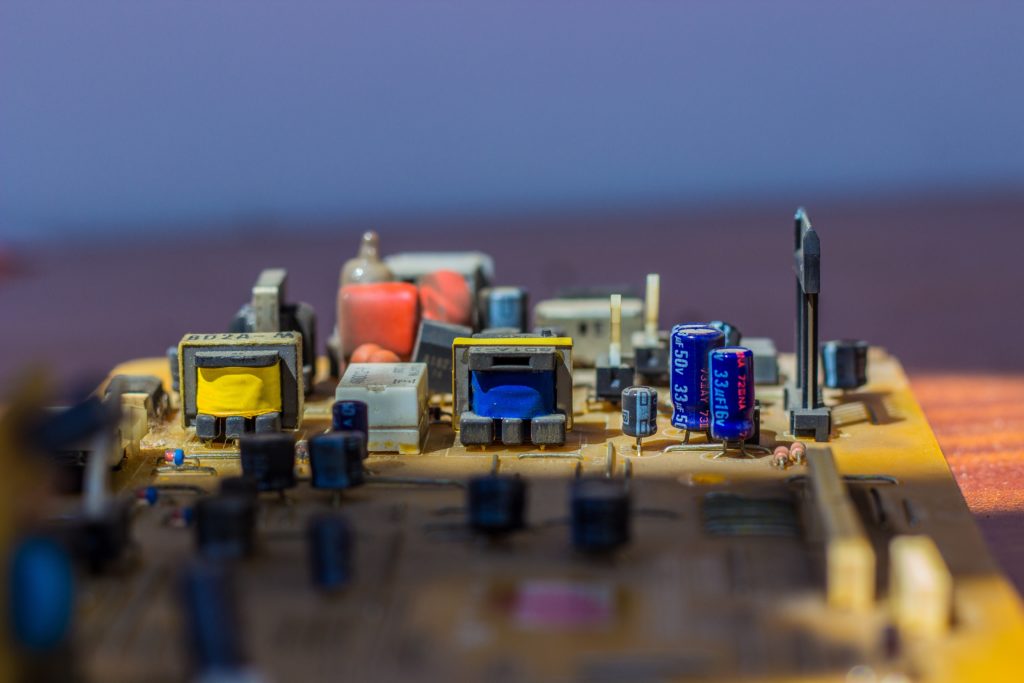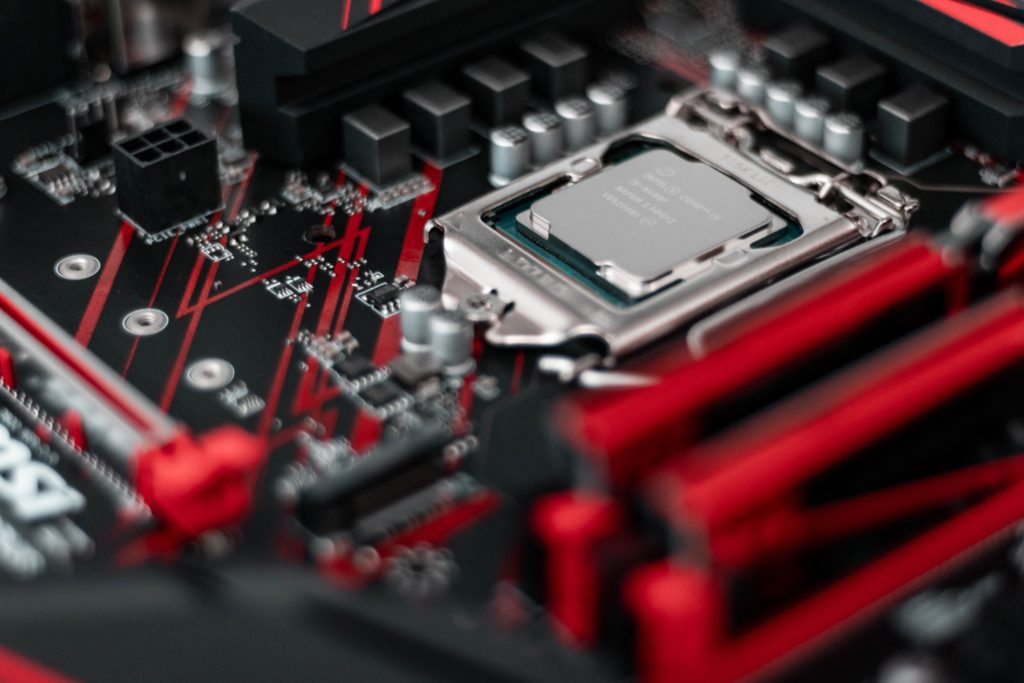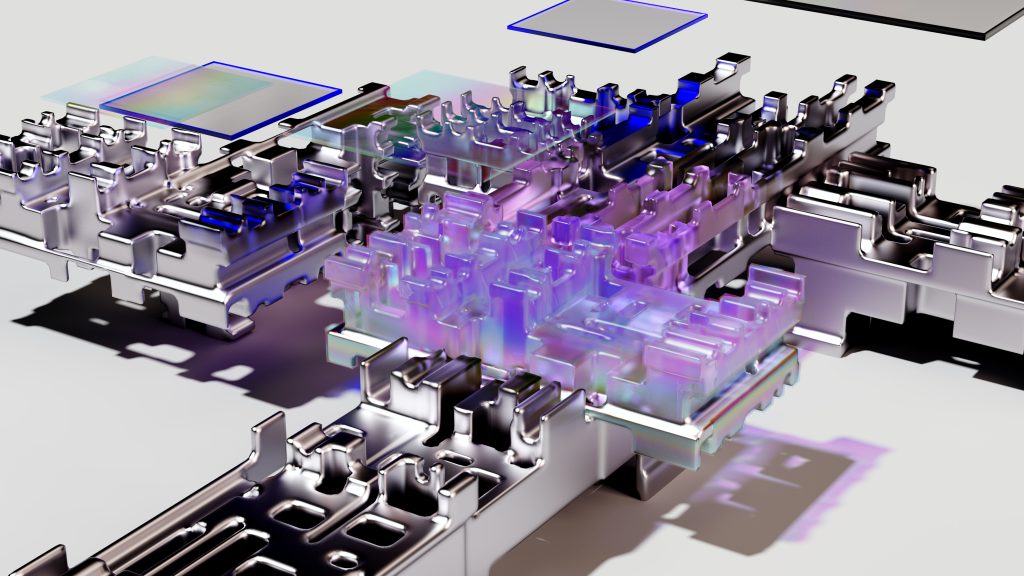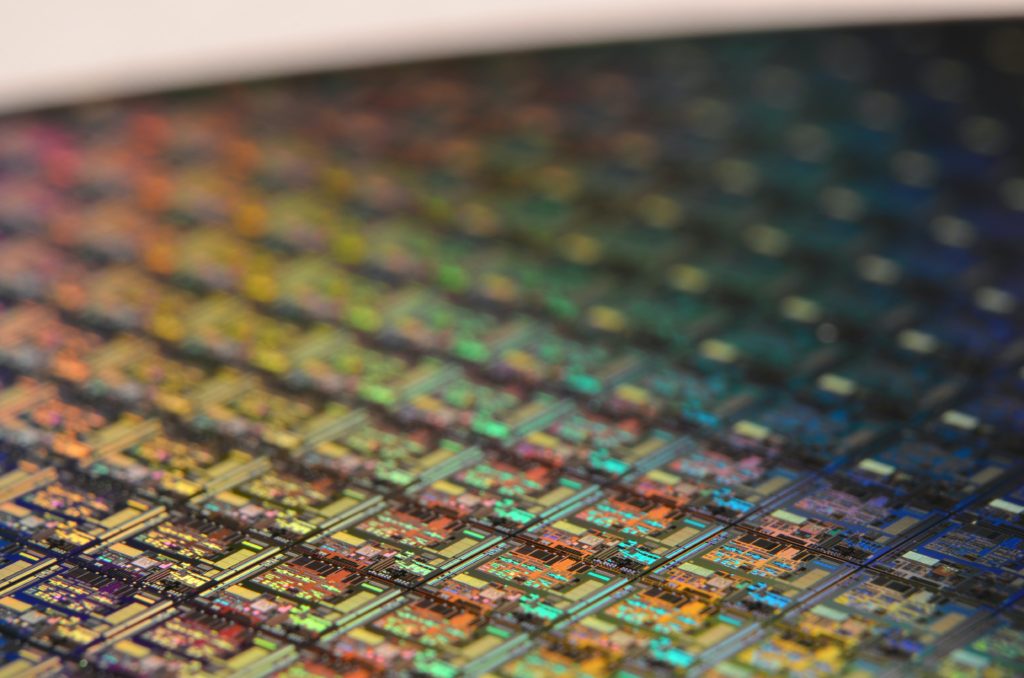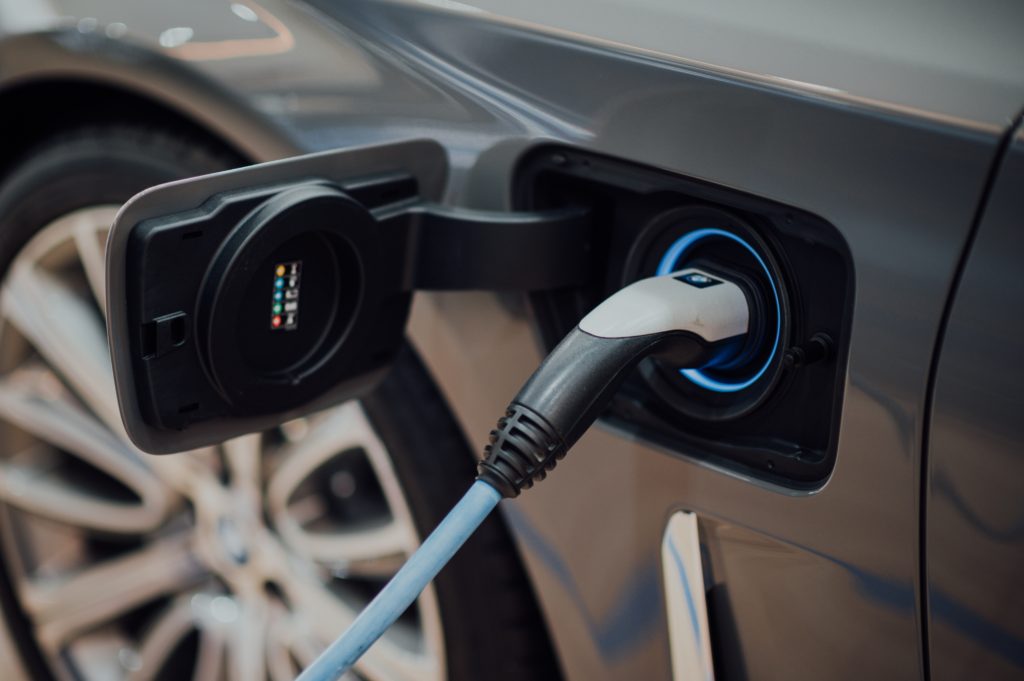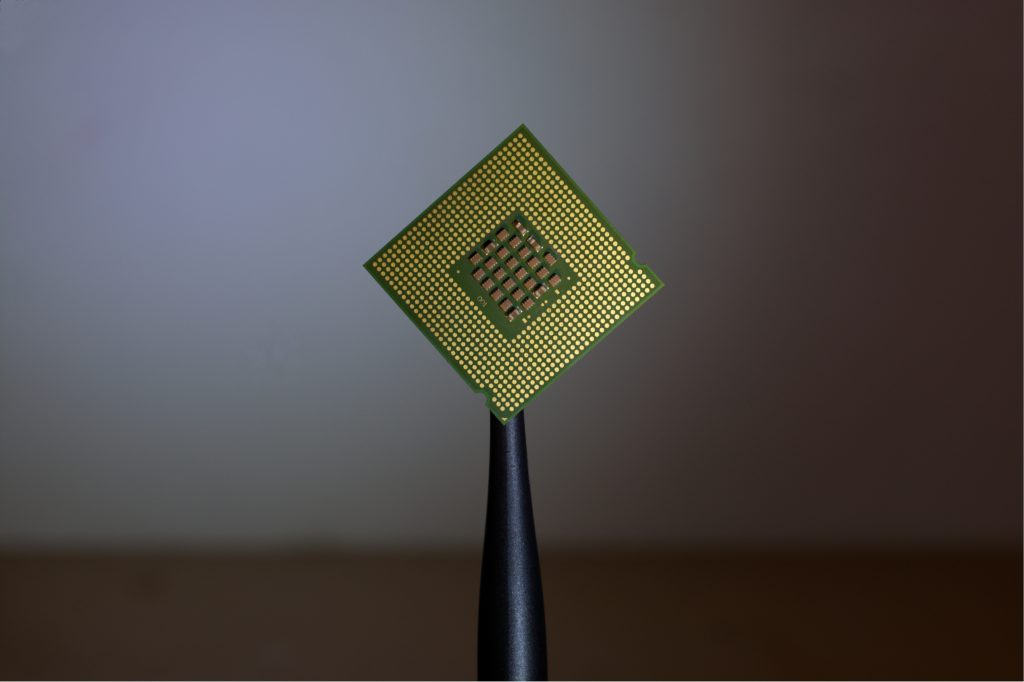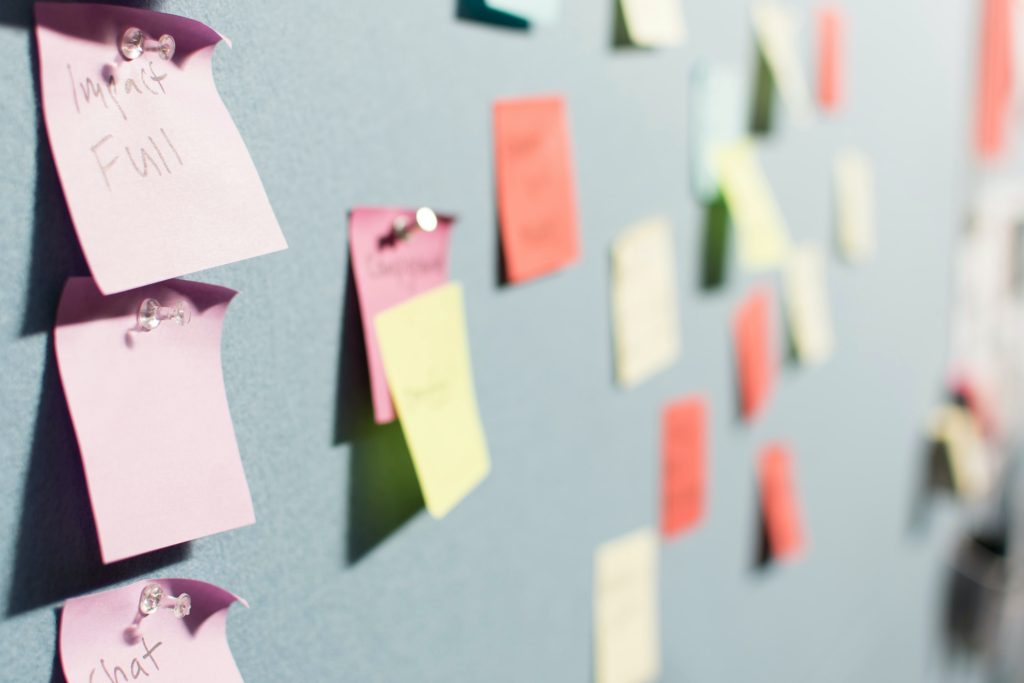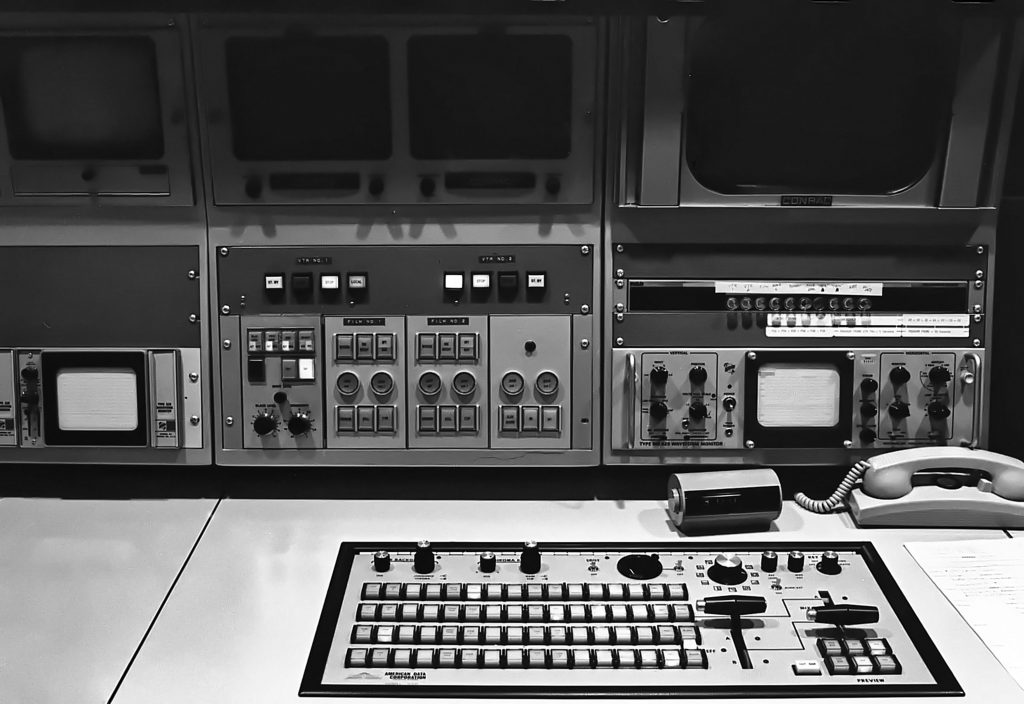Photo by Chris Liverani on Unsplash
Monitoring of activities is not a new concept. Pre-computer era too human activities used to get monitored. With advent of high speed connectivity, monitoring has taken remote approach.
Remote Patient Monitoring System alone is expected to be worth $1.8 Billion by 2026. Considering all possible areas which can make use of remote monitoring and management, the market size is expected to grow 10 to 100 folds. There are many areas which require remote monitoring like utilities, logistics, energy sector, weather research and many more.
In order to understand and develop a robust Remote Monitoring And Management (RMM) solution. It is critical to capture different functions that needs to work together in order to make it more viable.
Let us consider a practical health care solution where a patient has been released from hospital after recovering from COVID-19. With the help of RMM, a solution can be developed which ensures that if the symptoms of COVID-19 reappear on patients, then corrective actions are initiated.
In order to build such RMM following key functions needs to to work in harmony:
- Smart Hardware —- Data Generation And Acquisition
- Smart Connectivity —- Data Communication And Monitoring
- Smart Storage —- Data Storage And Access
- Smart Software —- Data Analysis And Actions

Smart Hardware For Data Generation And Acquisition
Hardware for patients RMM will require many components and the most critical are sensors. Sensors play critical role by generating and acquiring data.
Sensors are capable of capturing activities like change in temperature, movement, heart rate, sweating, and many others. If at source the data is corrupted then any decision taken at later stage will not be accurate. Thus, it is vital to ensure that the accuracy of the sensors is within the acceptable range. Off course, there are other units like DSP, SoC, and WiFi for connectivity, which are also equally important and these come by default in any smart hardware.
When data is captured, the next stage is to transfer it securely.
Smart Connectivity For Data Communication And Monitoring
As soon as the data is generated (with OR without COVID-19 symptoms) at source using smart hardware, then it needs to be transferred for long term storage and analysis. For application under study here, Bluetooth is the most practical solution due to low impact on energy consumption.
This requires that the smart hardware with sensors is connected and is setup with mobile or desktop application. Sensor will periodically transmit the data using wireless connectivity. However, since connectivity comes with some downtime, the smart hardware will also require enough memory to store data at source. Then as soon as the connectivity is established, data can be transferred. After acknowledgement the memory from smart hardware can be cleared for future data.
Other smart connectivity solution like WiFi, 3G, 4G and in future 5G can also find use in RMM only if the monitoring smart hardware has direct source of supply. For applications like patient monitoring, will require efficient battery management due to small form factor and thus Bluetooth is preferred compared to other.
As a next block after the data has been transferred, it becomes important to focus on secure storage.
Smart Storage For Data Storage And Access
As soon as the data is available and is stored at the next immediate location (in this case a smartphone), it needs to be transmitted to a server. Once, the data reaches server then physicians can analyze and take actions.
The critical piece here (Patient related RMM) is that when one applies technology to patients, then HIPPA comes into action. Which basically means that the data related to patients should be kept private, secure and much not be hackable.
In order to achieve data security, as a first step end-to-end encryption is required by default. It is equally important to make the storage location secure and another layer of monitoring to capture intrusion should be implemented.
As a final step, analysis of the data is done.
Smart Software For Data Analysis And Actions
It is important to understand that physicians are not data scientists. For a data scientist it is easy to play with raw data and take actions. When it comes to commercial application like the case study of patient RMM, physicians are looking for key factors related to specific disease to take corrective actions. Hence, it is important to present results such that any physician can understand it clearly.
In most of the cases when patient RMM is developed then it is done in collaboration with physicians to ensure that the data presented follows the known medical terminologies.
Only few of the RMM solutions will make use of existing data analytics tool in the market, but majority of the others will develop there own tools as that allows Over The Top (OTT) features that may allow other possible revenue streams.
Take Away
COVID-19 Patient RMM was an example on how RMM needs to be built using four key functions. Same functions can be applied to:
- Manufacturing to track operations
- Logistics to capture where about of goods
- Utilities to understand consumption every second
- Motor Vehicles to capture health of the vehicle
- and many others.
Many of the RMM solutions can be developed without the Smart Hardware, but only when the data to be monitored doesn’t need to be generated and is readily available.
It will be interesting to see how RMM thrives along with Remote Working.

Shirley Ryan AbilityLab in Chicago has been working closely with patients to develop many RMM. It has many useful resources for those interested in learning about RMM at the intersection of academia and industry.
